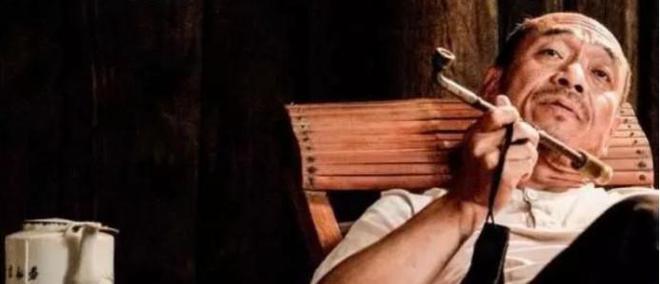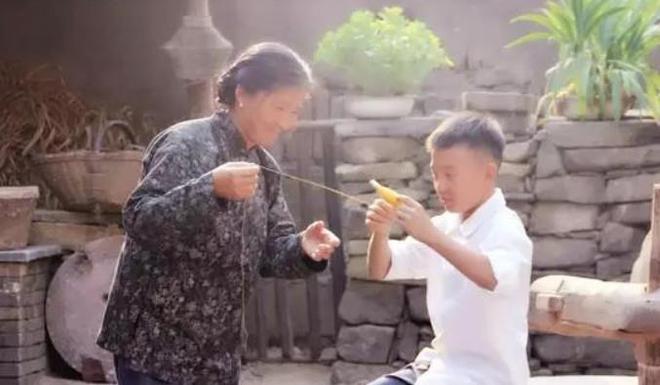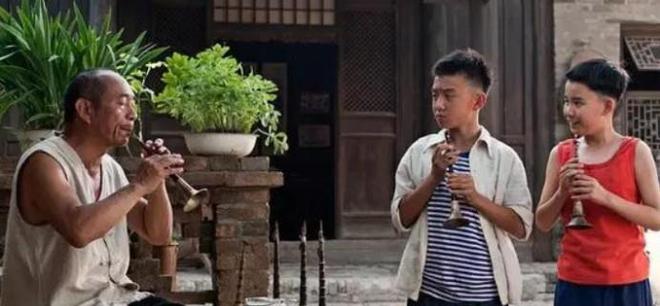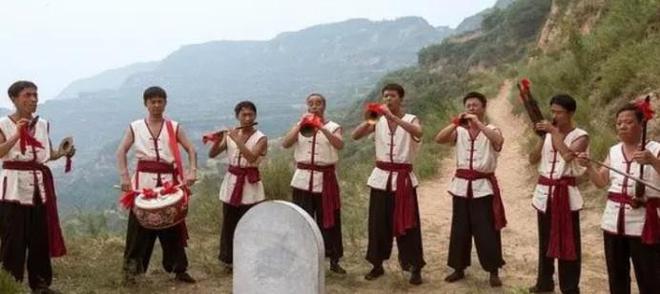"A Hundred Birds and a Phoenix" tells the development of traditional Chinese art, which has fallen from a high position to no one loves
Chinese traditional art is in the process of dying out. In fact, it is difficult to preserve the Peking Opera face changing or Paper Cuttings art in China, because today's young people are more inclined to advanced culture or western culture, and are no longer interested in those traditional Chinese musical instruments or other arts handed down from ancient times. There is such a film about the disappearance of traditional Chinese art. This film is what we are going to talk about today, "A Hundred Birds and a Phoenix".

The film was almost impossible to be released that year, because compared with other popular commercial films, "The Hundred Birds and the Phoenix" did not seem to invite too many stars, nor did it have a very prominent theme, nor did it have a very exciting theme. Instead, it told the process of the disappearance of traditional art through the slow development of art and people's cognitive changes, so the cinema was not willing to let this film be released at the beginning. It was the directors, screenwriters and actors who worked hard to solicit tickets and people everywhere, and finally made this film rank high in the cinema and known to everyone. In fact, the film has not received high box office so far, but after watching it, the audience has a feeling of sadness.

The director of this film still uses his most simple creative features, shooting out the feeling of the countryside and the heart of art that are gradually disappearing in the screen today. The film focuses on the traditional Chinese musical instrument suona. It is a very proud thing to play a song "Hundred Birds and the Phoenix" with the suona in the film. In this village, an old master has been handed down, and played the "Hundred Birds to the Phoenix" very well. At that time, only respected families, or such major events as weddings and funerals, could play the "Hundred Birds to the Phoenix". At that time, many apprentices wanted to learn and also had to recognize the master to salute, but later things changed.

The teacher Fu was old, and felt that his skill could not be lost. So he found a young man who felt reliable among the many students, and gave him his unique skill. The young man lived up to expectations, and finally learned the "Hundred Birds and the Phoenix", which was better than the master. He thought he could become the most respected person after learning this skill. However, the times have changed, and the pop music outside has entered our vision. The song "A Hundred Birds and a Phoenix" played by the suona has gradually become an artistic expression form at the bottom of the society. People will only invite the master to play a song when they can't afford a funeral or a high-end band.

Is it true that our traditional music and musical instruments are not comparable to Bolaipin? Is it really not as good as those fashionable music? This is not the case, but with the passage of time, he is no longer popular with young people. The film highlights the treatment of two generations when playing the suona. The teacher Fu can be respected when playing the suona. If you want to recognize the master, you must kneel three times and worship nine times before you have the chance. Moreover, the suona teacher Fu will sit in the center and get the most solemn treatment. However, when young people played the suona later, they got very low treatment, the food they ate was not good, and the stool they sat on was also an ordinary bench, and they had to sit on the side of the table, which became the accompaniment.

The film highlights the contrast and difference between the two generations, reflects the demise of the traditional musical instrument suona, and the history also triggers people's thinking about the art of our country. As young people, we should inherit it. This is the truth that the director told the audience.
Involving musical instruments
Guess you like
Hot news
- 01 The handsome guy in 1997 is so advanced in pulling erhu! Netizen: Come and "wash your ears"
- 02 Dulcimer exam and performance repertoire
- 03 The Simple Difference Between Guqin, Se, and Guzheng
- 04 Pipa narrative epic -- the origin, connotation analysis and artistic charm of the famous song Sai Shang Qu
- 05 Ten Famous Yangqin Songs
 渝公网安备 50010702504639号
渝公网安备 50010702504639号